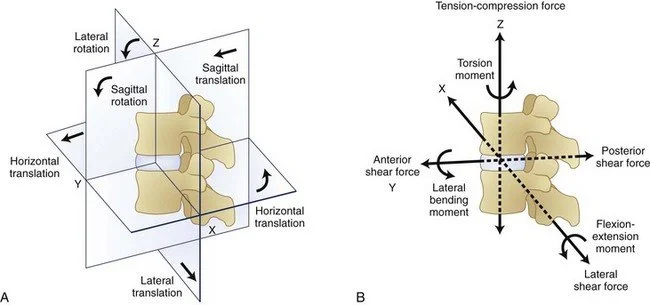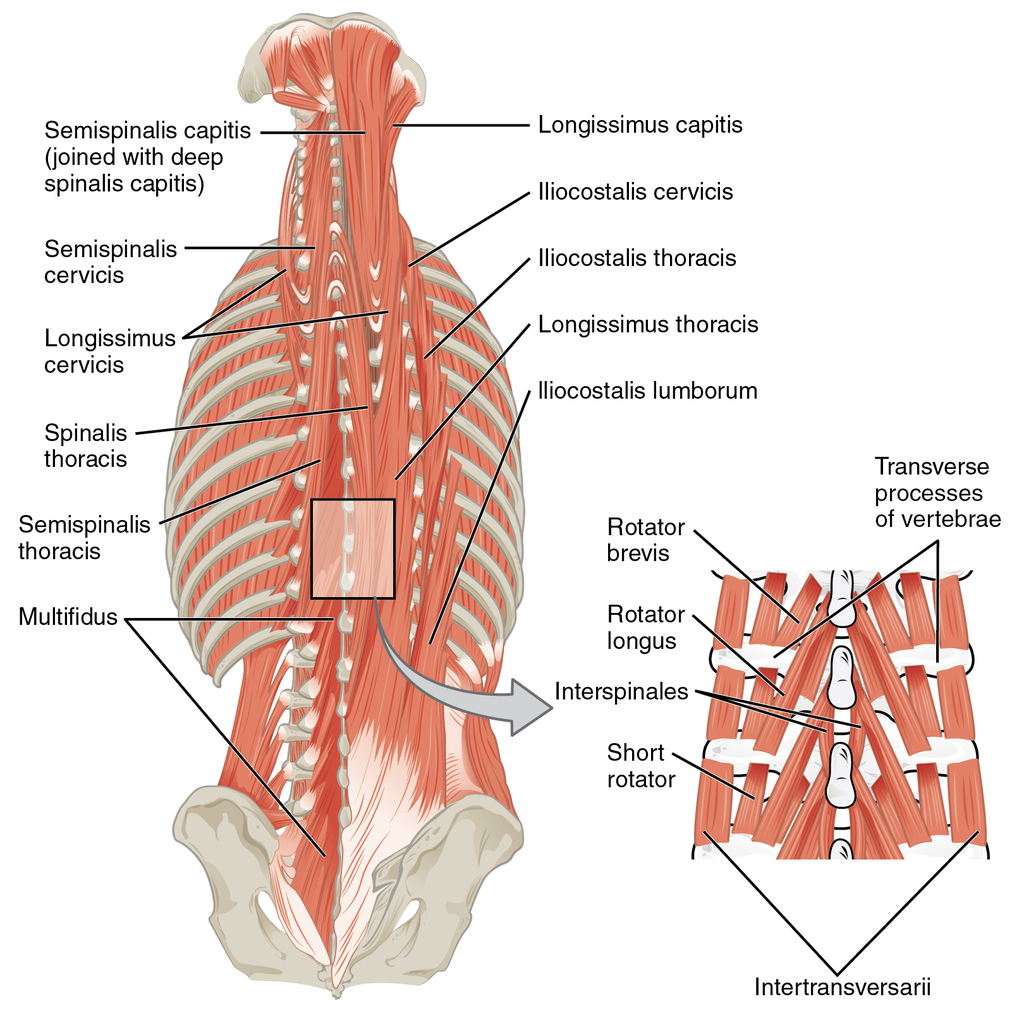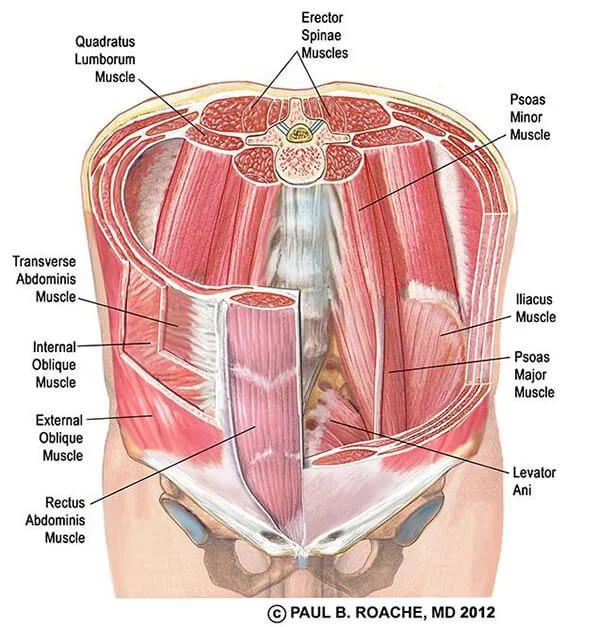Rolling around on the ground and back pain
Don’t like to read so much? Check out this video instead!
Not too long ago, I was teaching a workshop about back pain. Six people sat on their yoga mats listening intently as I described the foundations of back motion. The goal of the workshop was to lay out how alignment and use contribute to chronic back pain. One of the key exercises that I taught was Upper Extremity Rolling. This is an exercise that I have been teaching for about 10 years; applying it to pretty much any client or patient who demonstrated difficulty moving fluidly.
When I teach this exercise, my general guidance is that its purpose is to untrain the “bracing” that we’ve all overemphasized. As someone oozes over from their back to their belly, I remind them that they are seeking a release, a sense of fluid, chain-like twisting.
As you lie on the floor, imagine that your legs are bags of sand. The only reason the will travel with you is because they are attached to the rest of you by skin. Take your Left hand and reach across your body to the right. At the same time, lift your head to look towards your right. Continue to reach your Left hand- HARD- to the Right. Reach so hard that your torso starts to follow. Keep reaching until you are fully rolled onto your stomach. To come back, imagine hitching a ride. Take your Left hand and reach up and back to the Left. At the same time, lift your head to look over your left shoulder, keeping your gaze firmly locked on your Left hand.
For most folks with back pain, regardless of whether it is thoracic, cervical, or lumbar, they’ve often been instructed to create firm abs, erect posture, and strict hip mechanics.
I’m not arguing against bracing, good posture, or “neutral spine”. Indeed, it’s the backbone (ha) of good technique when strength training.
BUT….
The spine is a stack of bones, designed to slide, glide, and rotate against each other. With every movement we perform, we rely on the cumulative motion of the vertebral column to provide us with the range of motion that we require. While there are many occasions in which we primarily want our backbone to maintain a relatively neutral alignment, there are also many occasions in which we move out of neutral.
Upper extremity rolling asks the exact opposite of traditional core exercises. Rather than creating firm abs or strict spinal alignment, rolling requires you to be floppy.
From Bogduk N: Clinical Anatomy of the Lumbar Spine and Sacrum, 4th ed. Edinburgh, Churchill Livingstone, 2005.
So why does rolling work so well for back pain?
While I have taught the exercise for years, I often took it for granted that it worked because:
It taught people to relax, creating ease in tight muscles.
It addressed a primal movement pattern that, when deficient, created compensatory patterns in the higher-level movements.
Those are not incorrect assumptions. But they are shallow.
In the workshop, while individuals were paying attention to me, I was surreptitiously observing them. By the time they were rolling around on the ground, I had a reasonably good suspicion of why each had back pain. As they rolled around on the ground- some far more successfully than others- my suspicions were confirmed.
The simple truth is in the Anatomy:
The longer muscles are referred to as the Erector Spinae group and they operate as “Extrinsic” muscles. This means that they live more superficially, typically providing gross movement. When they contract, the joints they connect to move.
The smaller muscles- the multifidi, rotatores, and interspinales, can be considered “Intrinsic” muscles. They reside very deep- directly on the bone! They don’t have the leverage to create large motion. Instead they are well situated to provide micromovements, reacting quickly to positional stimulus. Any individual contraction is unlikely to generate gross movement. Rather, they do a bit of a dance with their neighbors- providing give and take in response to spinal position in order to provide stability.
Take a similar look at the abdominal view. Once again, there are big, extrinsic movers and deeper stabilizers.
In particular, you may be able to detect that the Transverse Abdominis muscle has fibers running laterally as opposed to up and down. Imagine how, as that muscle contracts, it creates a compressive force as opposed to a “pulling” force.
Consider an attendee in the workshop, Nicole (name changed). Nicole was having chronic low back pain, “tight hip flexors”, weak abs, and showed a relatively anteriorly tilted pelvis. When it came time to roll on the ground, Nicole struggled to keep her legs flaccid on the ground. Every time she intiated reaching her hand across her body, her legs would stiffen and lift off the ground.
Why?
Consider the anatomy again: In every body, a spine’s stack of vertebrae is maintained by the column of muscles encasing it. Ideally, it is those little intrinsics. Remember, when they contract, we don’t detect big movement such as a hip flexing. Even as we roll from back to belly, the spine is protected by muscular activation. In Nicole’s case, however, she has subconsciously started to rely on her big extrinsics to protect her spine. As she goes to roll, the extrinsics fire to protect the spine. Remember, though, that as they contract they create movement!
The more we rely on our extrinsics for stabilization, the harder we have to grip opposing muscles to counteract the constant tugging. Rolling highlights that battle. If the erector spinae are always engaged to create an inherent sense of stability, you will find yourself constantly grippig your rectus abdominis to avoid being pulled into a back bend. As you start to roll towards your belly- a flexion activity- the erector spinae have to let go or you’ll be pinned to the ground!
Upper extremity rolling is an act of patience. If it is something you struggle with, there’s an underlying reason. That reason is the intrinsic habit of FORCING stability onto your spine. Succesful rolling only comes when you undercut FORCE. Instead, pause in each moment of “stuckness”. Breath, reach a little further, breath, reach a little further. If you are truly stuck, use bolsters (pillows, foam rollers, etc) as kick stands so that your roll is in a smaller range of motion. Do it until it’s easy. If it’s easy, congratulations, you likely have spinal stabilizers that are happily doing their job.



